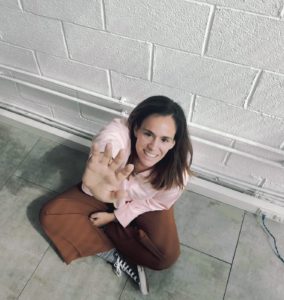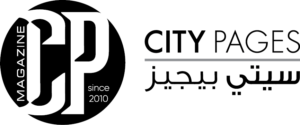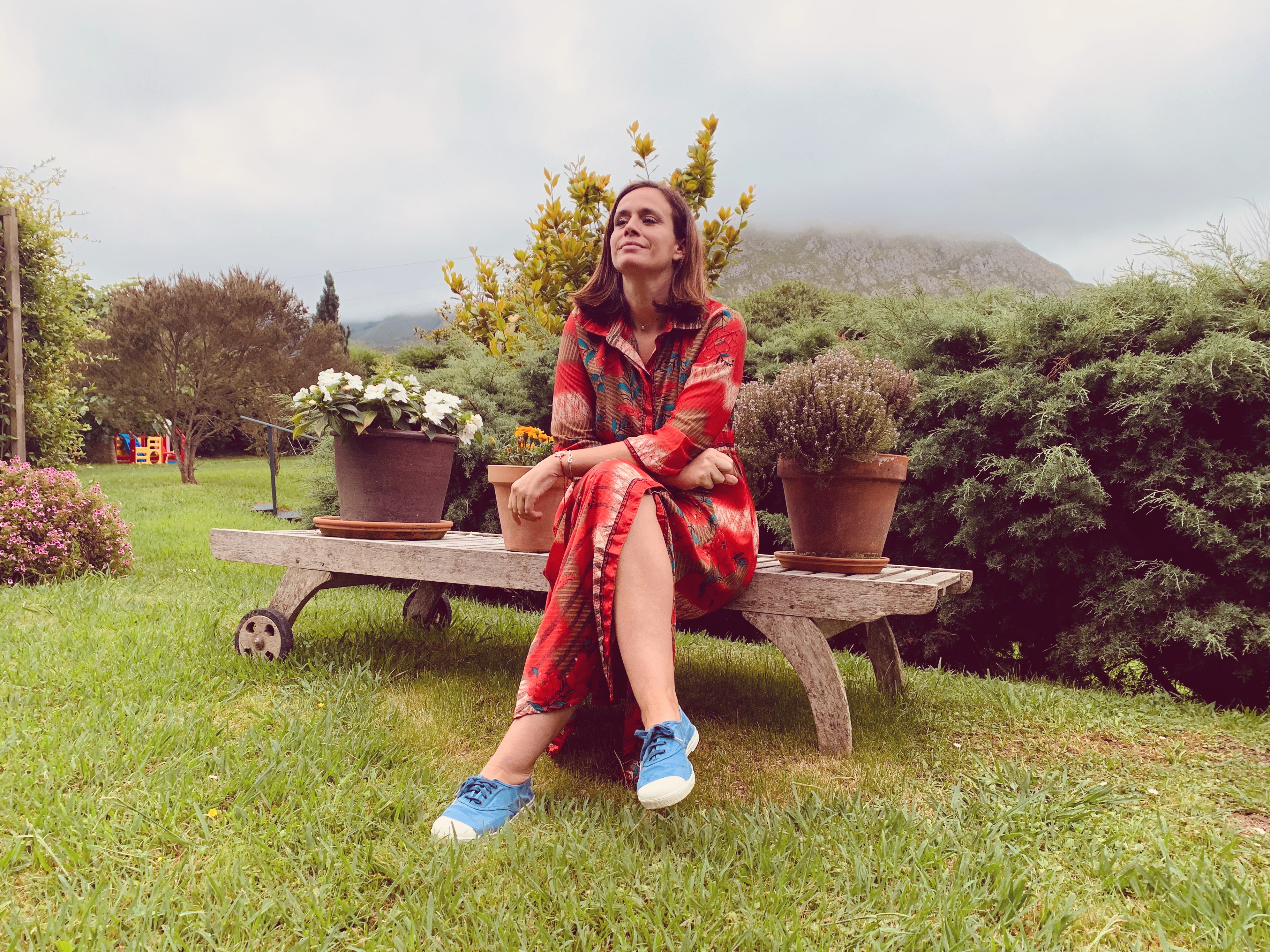THE ART OF (DE) CONSTRUCTION
“Collage and painting, both analog and digital, are my tools to have peace and happiness”
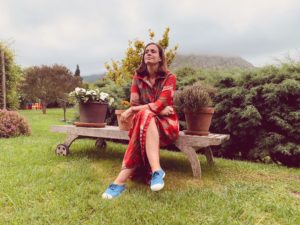
Derived from the French verb coller, meaning “to glue”, collage (pronounced ko•laje) is a work of art made by fluing things to the surface. It is similar to découpage, a 17th-century French practice of decorating furniture with pictures. Designers are using this artistic technique to creat campaigns, fashion lookbooks and more. Our lifestyle editor, José Berrocoso, dives into the world of collage. He chats with Aguilar Carüncho to learn more about this trendy tecnhique in the fashion industry.
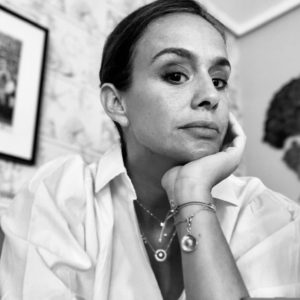
Aguilar Carüncho was born in Madrid, Spain, collage artist, illustrator, she creates in a variety of techniques, from analog collage to digital illustration, from motion collages to mixed media graphics.
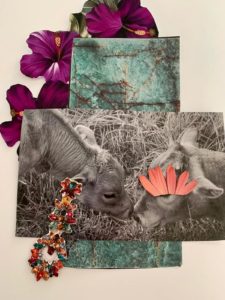
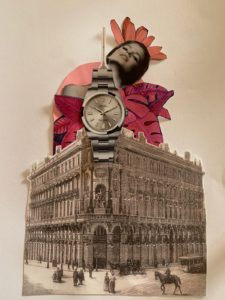
Aguilar Carüncho’s work are dreamlike and thought-provoking, she experiments with surreal figurative imagery, finding inspiration in fashion aesthetics, street culture and turn-of-the-century cinema narratives. The visual language of the Spanish artists is defined by combining different materials and textures, mostly in monochrome. Multi-layered, fragmented imagery of her collages reflects the artist’s vision of human reality.
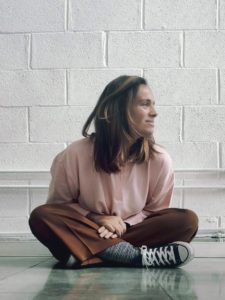
She works with fashion, luxury and lifestyle brands and professionals from all over the world.

CityPages Magazine: For those who aren’t familiar with collage artwork, can you give our readers a brief explanation of what constitutes a collage?
Aguilar Carüncho: Without it being the main objective, it is about reusing remnants of both paper and other textures and giving them a new shape. Collage work is also ecological ART.
CPM: How did you start making art?
AC: 4 years ago, I was painting an old table, and I found it really gratefull so I started with hand made work.
CPM: How do you discuss the aesthetic though manipulating reality and illusion?
AC: IT’S LIKE MAGIC, from where you don’t think there’s anything left, a world appears.
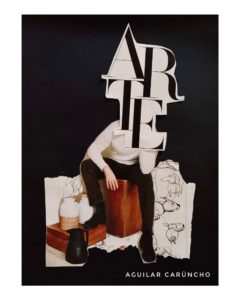
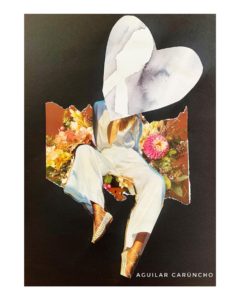
CPM: How do you successfully express this intention?
AC: There is no specific intention, I simply flow, whether it is a request with a brief in or there is not.
CPM: Please tell us about your technique. Your collages have a great number of elements in them but at the same time they seem very holistic, homogenous.
AG: I did not look for the technique, but the technique found me. Like a boyfriend or a good suit, you have to go forward until you find what suits you.
CPM: In your artworks there are various influences, both Japanese and European. What are your inspirations? What are your favorite artists and what do you like in them the most?
AC: In my family there are artists, from a well-known painter to the best landscaper in the world, to what is now known as a fashion and decoration stylist, and all of that goes in my DNA. Besides, I pay a lot of attention to DADAISM, Hoch, Braque and today Instagram, where it is very easy to reach great artists.
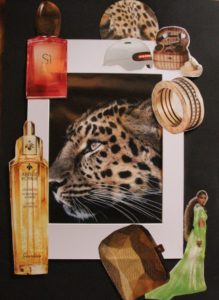
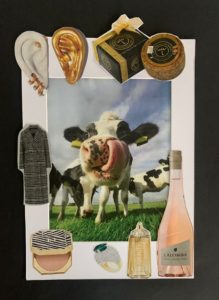
CPM: Are there any stories you try to convey in your collages or do you prefer the viewer to have his own interpretation?
AC: When everything is calm I look for aesthetics but in complicated moments such as conflicts, important anniversaries I try to communicate and shed light through my collages.
CPM: Apart from collage art, you design postcards, zins, artbooks and mail-art as well. Please tell us about this.
AC: It is important how things are told, the chosen aesthetic helps to capture more attention, I like to readapt my creations to all kinds of supports.
CPM: In your opinion, what makes a good collage composition?
AC: As in almost everything, freshness even before technique. Freshness is not taught, you have it or you don’t have it.
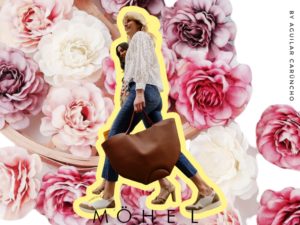
CPM: What are your further artistic plans and dreams?
AC: Time, to be with my scissors, my magazines and good music in the background. And of course that people are moved by what I do.
